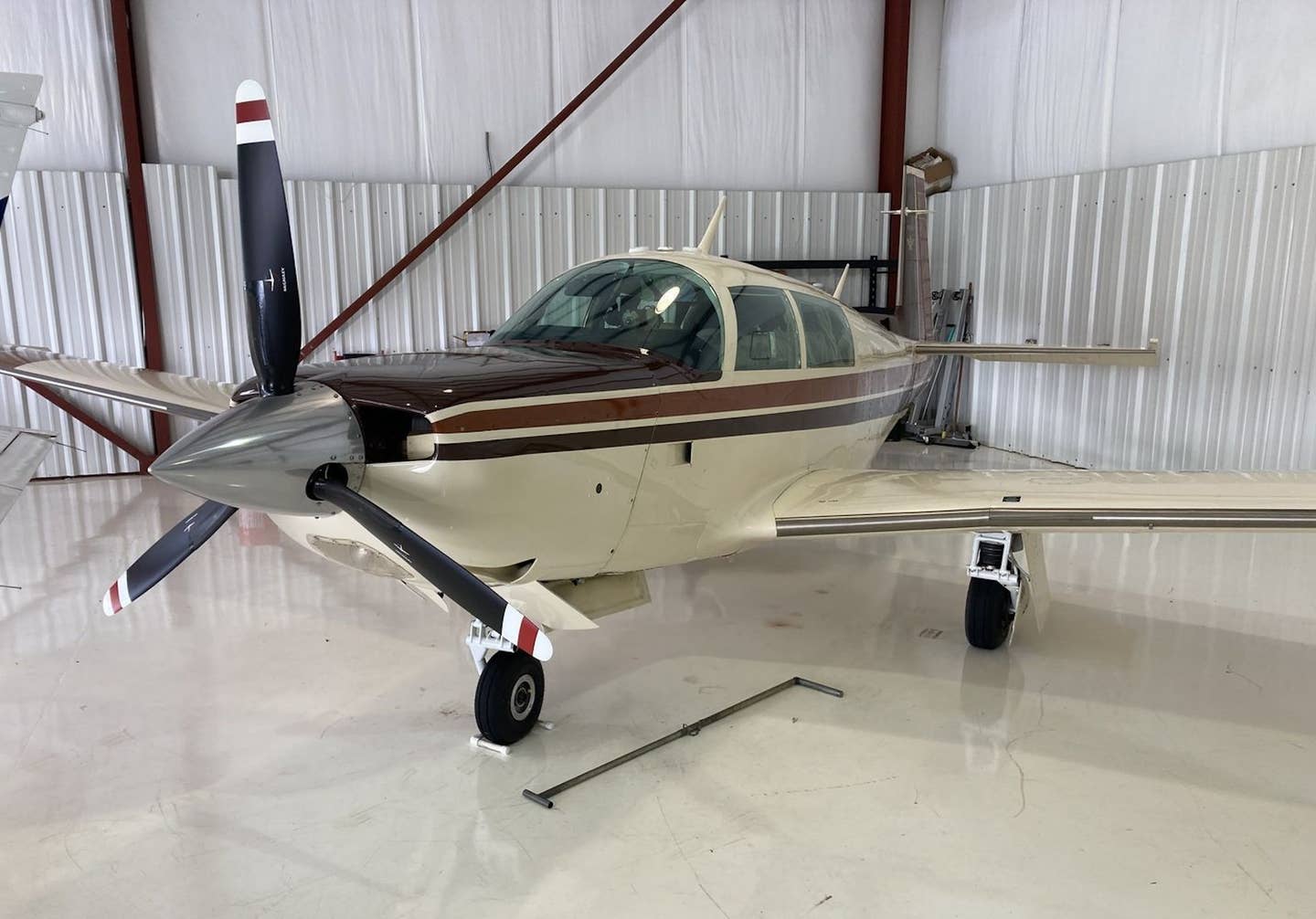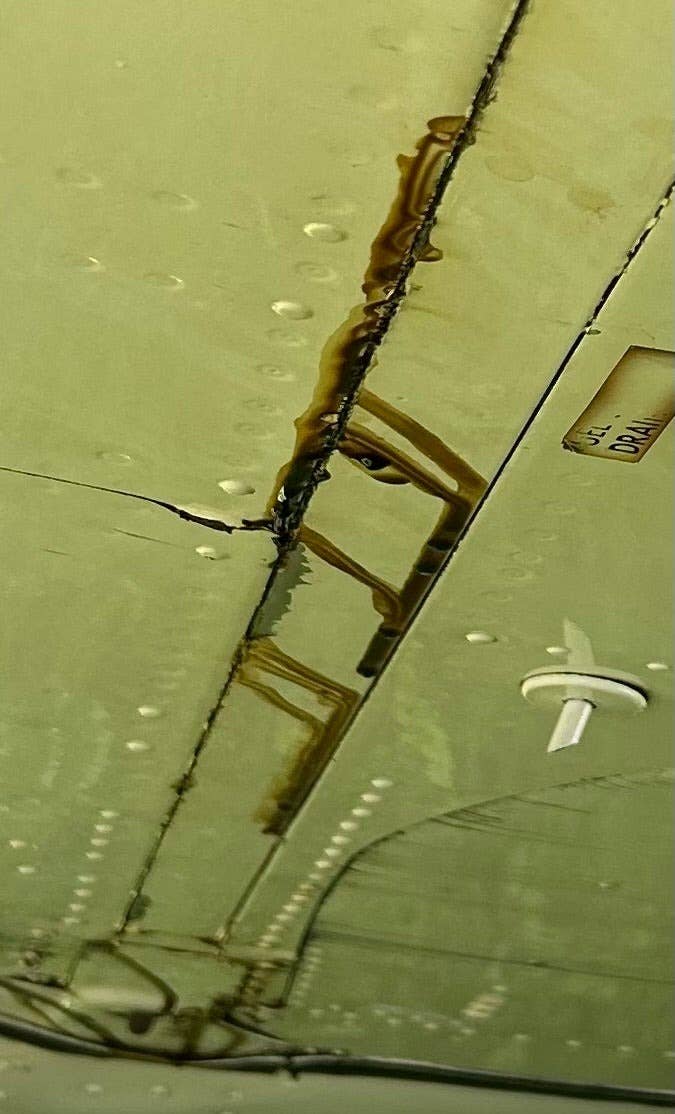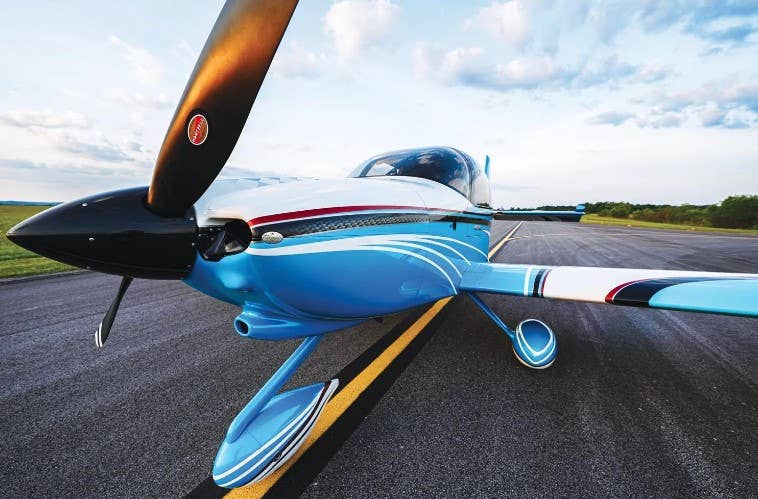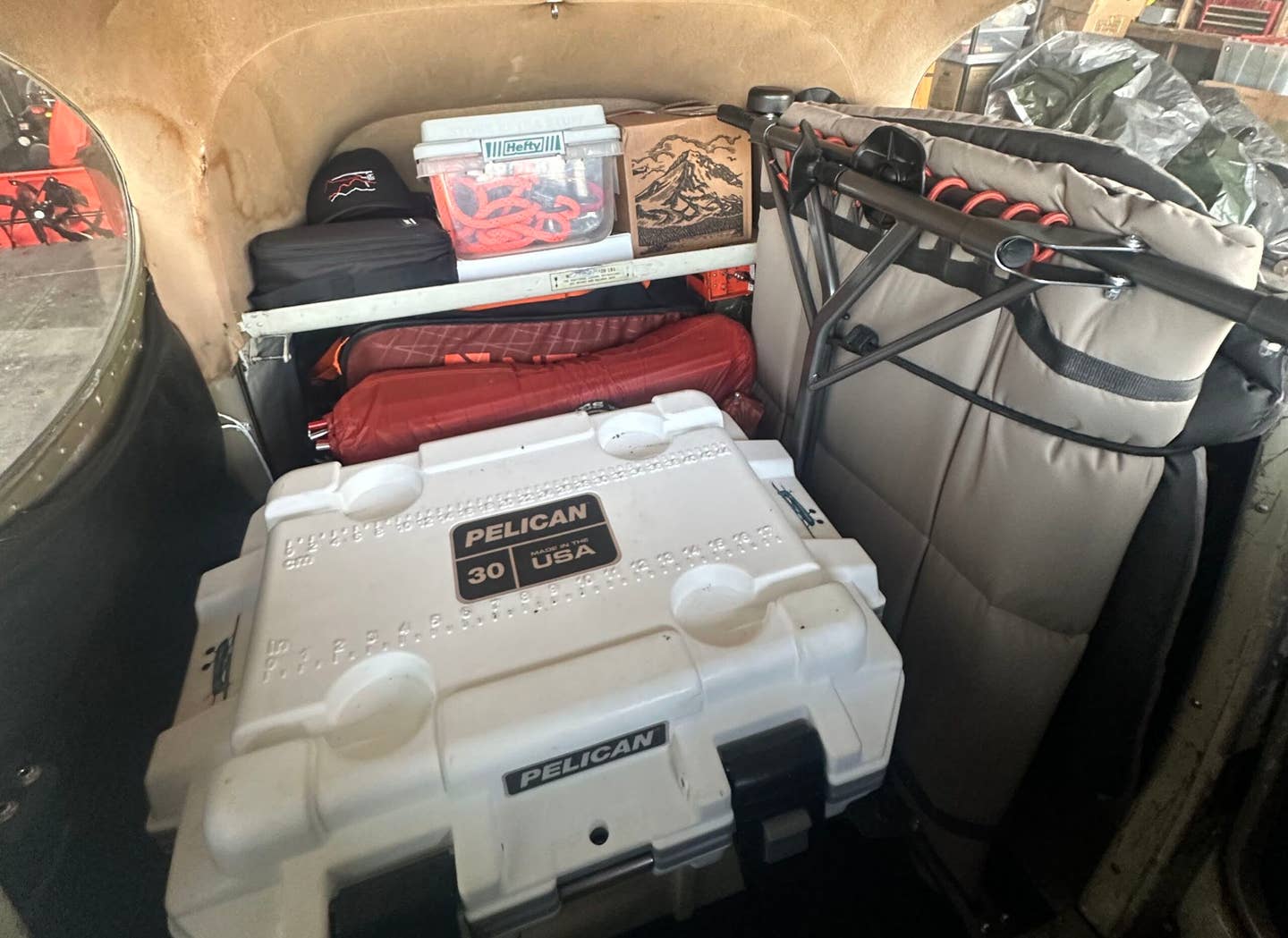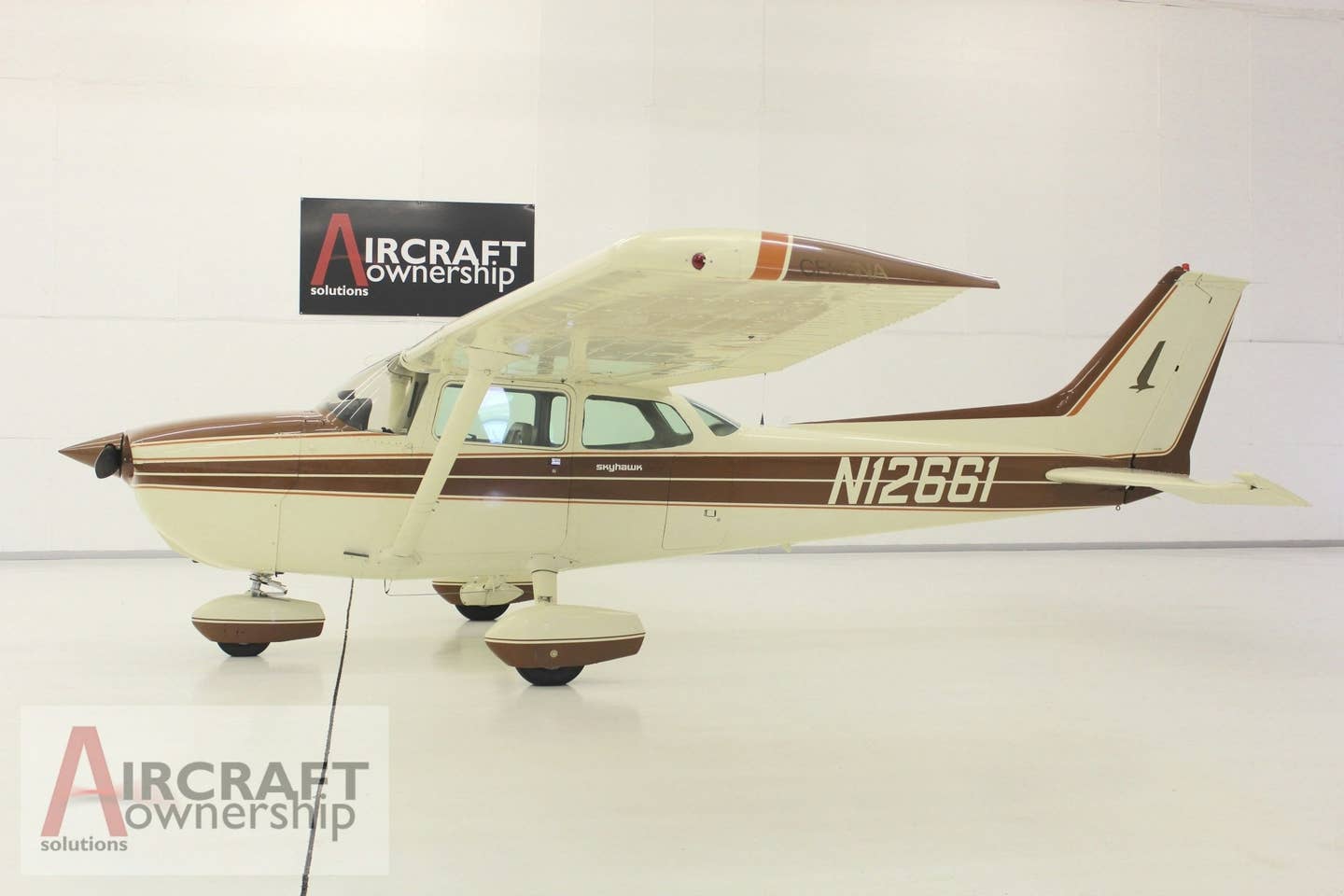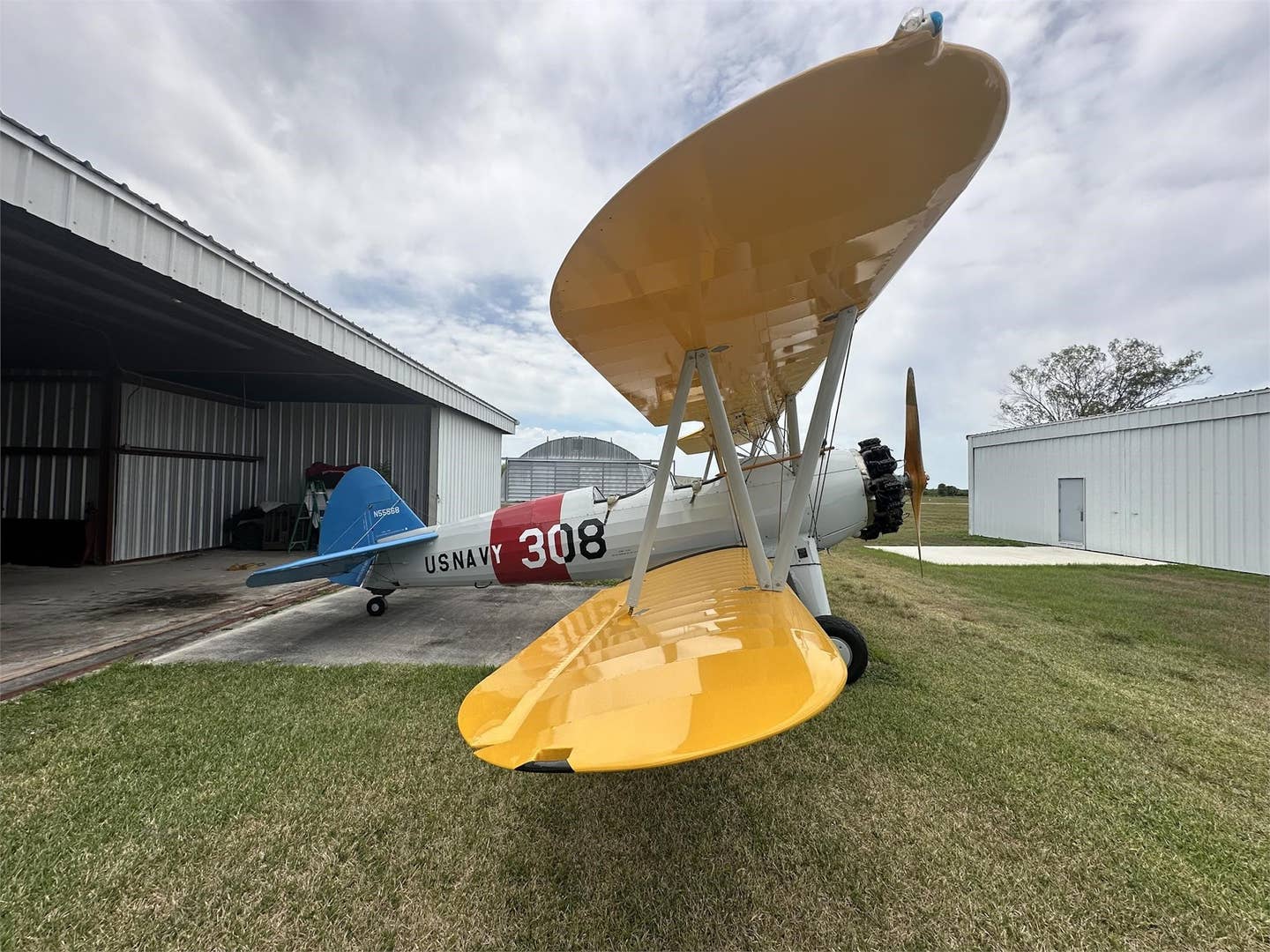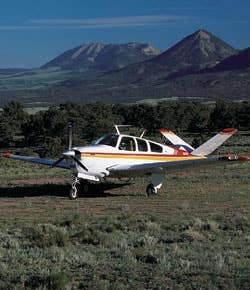
V-tail Bonanza or Baron?
In the February 1975 issue of Flying, I wrote a story comparing a new Bonanza with a used Baron of about the same value. Either a new Bonanza or a four- or five-year-old Baron rang in at just under $100,000 at that time. (A B55 Baron sold for about 65 percent more than a V35B Bonanza, new, in 1975.) Now the airplanes are 31 years older, the times are different, and Aircraft Bluebook shows a 1975 V35B Bonanza to have an average retail of $132,000 as compared with $135,000 for a B55 Baron of the same vintage. In other words, the price differential for airplanes of the same age has evaporated with time. A 1975 E55 Baron, with 285-hp engines instead of 260s, as in the B55, has an average retail of $155,00.
There are no two better airplanes to compare as a single or a twin. The Baron is truly a "twin" Bonanza, though a larger airplane, the Model 50, flew with that name. The first twin with a smaller body was the Travel Air, which was a Bonanza with the power provided by two four-cylinder engines of 180 hp each. Then came the Baron, the body of a Bonanza with two of the engines from the single, which, at that time, were 260s. Doubling the power is still done today with the new G36 Bonanzas and G58 Barons, both with longer fuselages than the Bonanzas and Barons of old that we are talking about here.
The V35 and the Baron 55 might be considered the ultimate personal airplanes, single or twin, your choice. Whereas the 36 and 58 have a "cabin" with its own door, the smaller airplanes are more like a car. They were both fitted with more than four seats in some iterations, but both airplanes are really four-seaters. They are airplanes that were built for pilots who like to take people along occasionally. That's true of the airplanes with longer fuselages, but the emphasis of those airplanes is also on the passengers and, especially in the case of the Baron, the air taxi operators who love the long-body airplanes.
When considering the 35/55 in the used market, there's a wide selection of age, condition and equipment. As they say in Vref, an aircraft value reference, "If it's low time or perfect, it will bring more. Rough, runout with a hodgepodge of radios will be less." Model 55 Barons, straight and A and B, were built from 1961 through 1982. The higher powered (285 hp) C, D and E55s were built from 1966 through 1982. V-tail Bonanzas with 285 hp were built from 1964 to 1982. The Bonanza G36 and Baron G58 are still in production with Garmin G1000 glass cockpits, including a complete flight control system. However, the price and age difference between old and new probably means that not a lot of potential buyers are thinking either old 55 or new 58.
I noted that prices of 1975 V35Bs and B55s are close to the same. On airplanes built prior to 1975 that remains pretty much true, but on the latest models (you can't really call a 24-year-old airplane a "late" model), the Baron sells at a higher price. According to Aircraft Bluebook, a 1982 B55 has an average retail of $199,000 compared with $175,000 for a V35B from that year. That last 1982 E55 brings a premium $228,000. The B55 Baron price is, incidentally and according to Vref, 77 percent of what it costs new, where the Bonanza is at 95 percent of its new price. So as far as retention of value goes, the single still wins.
As far as supply goes, there are 1,532 55s A and B on the FAA registry compared with 2,431 285-hp V-tails. There are also 745 C, D and E55 Barons registered.
Vref shows greater demand for the V-tail Bonanzas when compared with the Barons. They sell within six to seven months, while the Barons take eight to 10 months before they are sold at a discounted price. As an aside, the long-body Bonanzas and Barons are much more in demand and bring substantially more money.
With a relatively low price that is apparently hard to get because there is no strong demand, is the Baron 55 a pariah? Hardly. It is one fine piston-twin with great handling qualities and performance. Compared with the Bonanza, the Baron has greater payload, cruises faster, climbs better and, on average, probably flies in the used market with better equipment. Many of the Barons have radar and ice-protection equipment, while few of the Bonanzas have these items.
The Baron also has two alternators and vacuum pumps though these are still single electrical and vacuum systems. They just have two power sources. There are systems available for standby power on the Bonanza.
Most of the Baron's attributes stem from the fact that the B55 flies with a total of 520 horsepower, while the V35B Bonanza goes along with 285. The fact that the Baron's power is provided by two engines is the primary reason its purchase price in the used market is a bargain in relation to the Bonanza. What used to be considered a major asset has become somewhat of a liability.
For years everyone thought twins were "safer" than singles. That included the insurance underwriters who sought out twins to insure and gave them lower rates than singles. Then, one fine day, the underwriters looked at the subject in depth and learned that twins had a bad accident history. The result became a reluctance on their part to insure twins without fairly rigorous experience and training requirements.
The "twin" part is important. Every year we lose a number of twins in accidents that would not have happened if the pilot had straightened up and flown right. In fact, when you look at the twin accidents where control was lost after an engine failure, in almost every case you have to think: "Why did he do that?" It is usually just a lousy job of flying. So, the insurance underwriters have every justification for training requirements for twins. While the training is going on, IFR procedures can be checked because they, too, are a big factor.
It is, today, hard for a pilot to work up through airplanes the way it used to be done: Learn in a Beech Sport, make the retractable move to a Sierra. Then get a Bonanza, and finally step up to a twin, first a Baron and then a King Air. The reason it is hard to do this is because of two insurance stumbling blocks, the retractable and the twin.
The move to a retractable is the easier of the two, though in some cases the insurance guys are reluctant or at least expensive. Bob Haag, who handles Cessna Pilots Association insurance through the Falcon Insurance Company, writes a column in CPA Magazine. In the February 2006 issue, he wrote: "... we have a fine market that can insure a student pilot in a C-182 for not much more than a 200-hour private pilot in that same aircraft. What about the 182RG and C-210? Well, we can probably do both of these as well. The 182RG would probably cost about four times as much to insure as the 182 for the same value of aircraft and the 210 would be about twice as much as the 182RG. Yikes!"
If that is true on Cessnas, it's true on other lines of aircraft. And if the insurance man says "yikes," think of the epithet that might be uttered by the pilot getting the quote.
The good news, though, is that the insurance is available. However, the barrier when stepping up from a retractable to a twin would likely be greater, because pilots who do this cold-that is, with no multiengine experience-are likely to face training requirements as well as time flown with an approved CFI after the training is completed. There will also likely be recurrent training requirements. Premiums will be high and liability limits low. One reason the demand for the Baron is less than the demand for the Bonanza is that there are fewer pilots out there who, according to insurance companies, are ready to fly away in the airplanes.
Then there is follow-on money. A lot of people say that a Baron will cost twice as much per hour to fly as a Bonanza, but that's not quite true. In the case of a 260-hp Baron against a 285 Bonanza, the Baron will burn less than twice as much fuel with the pedal to the metal. If the Baron were flown at the same true airspeed as the Bonanza, the fuel flow would be a lot less than half. That would be defeating the purpose, though, because more speed is one of the Barons greater strengths.
I went back and found pilot reports that I did on both airplanes. Back then, we took airplanes on rather extensive trips (yes, to warm places in the winter) before doing a report. The airplanes used for these reports were a 1973 B55 Baron and a 1975 V35B Bonanza. Both were brand new at the time they were flown.
The Baron would fly with 810 pounds in the cabin and full (136 gallons) fuel. The center of gravity had to be minded, but with a nose baggage compartment this was easy to do. The Bonanza would go with full fuel (74 gallons) and 752 pounds in the cabin and the center of gravity had to be calculated and carefully minded, because it was easy to exceed the aft limit and there was no way to balance the load as with the Baron. The Baron had more extensive avionics.
On the trip, the Baron turned in an average true airspeed of 190 knots on 25 to 27 gallons per hour. The Bonanza turned in a true airspeed of 170 to 183 knots on 15.1 to 16.5 gallons of fuel per hour. I flew the Bonanza both higher and lower, thus the diversity in true airspeed.
Then there is the maintenance. There are two engines and props to maintain and overhaul on the Baron but just one airframe, so it doesn't cost twice as much.
Comparing all costs, though, including training and insurance, a pilot deciding between a V35B and a Baron 55 would have to consider that the annual cost of flying, say, 150 hours a year might be twice as much for the Baron as for the Bonanza. Incidentally, Aircraft Bluebook shows that V35Bs fly an average of 120 hours a year whereas the 260-hp Barons average 129 hours and the 285-hp models average 145 hours. Not much difference there with an annual usage reflecting light business or personal use.
So, while there is not much difference in acquisition cost there is a big discrepancy in the following costs. To a lot of pilots, the second engine is worth every penny of it. To others, it is not. A pilot who is sharp on instruments and has the requisite engine-out skills, and has need to travel with a somewhat greater level of predictability, might rationalize a Baron on the basis that it can have boots (not approved for flight in icing) and radar and is somewhat more likely to have a good autopilot. Then there are those dark nights and obscured ridges to think about. On the other hand, grandpa, whose primary mission is to go see grandkids, might find it hard to justify the Baron.
When you go to the pages of Trade-A-Plane to see what is out there, you find a wide variation in everything. That is just a natural happening in airplanes that are at least 24 years old. Most that are advertised for sale still fly with the avionics they were born with, while a few have had extensive avionics work. I was surprised at how few V35Bs and B55s have Garmin 430/530 equipment in the panel. Maybe the people who have done extensive panel upgrades are keeping, not selling, the aircraft.
It is generally acknowledged that it is less expensive to buy an airplane with the avionics you want already installed than it is to buy and then install new stuff. In the case of these airplanes, though, you might not find as wide a selection with the avionics that you want.
The reason the later models of the Baron command higher prices than the last of the V-tails probably relates to this. Those later model Barons are more likely to have equipment that'll fill the bill from the start, though the last few years of Baron production are not well represented in Trade-A-Plane.
To some pilots, the actual year the airplane was built doesn't matter as much as equipment and condition. For example, an airplane that is a little older but has a Garmin 430 and 530, new paint and a new interior, might look better than an airplane that is five years younger but with more basic avionics. The autopilot is a big deal, too. Some Bonanzas, including the new 1975 model that I flew for that pilot report mentioned, had a basic wing-leveler/nav tracker "autopilot." Most for sale today are advertised with better autopilots, but some might still have the basic autopilot.
When shopping for airplanes like these, then, the search likely begins with a list of what is most important to you. Avionics, things like radar and deice, airframe age and time, engine time, other options, and paint and interior all have to be prioritized. No two shopper's lists are likely the same.
In doing a little vicarious Trade-A-Plane shopping, the V35B I would call about first is a 1976 model. It has had a Garmin 530 added to its radio stack and some other upgrades. It also has been upgraded with an S-Tec 50 autopilot. With 4,744 hours, it has been flown a little more than average but that's okay. The engine has 774 hours since a factory rebuild. The asking price: $149,500.
There are not a lot of mods or unusual options on the V35Bs in Trade-A-Plane. A few have tip tanks but the airplanes for sale are pretty much as they were born.
The B55 Baron I would call about first has a Garmin 430 and other acceptable avionics, including radar. It also has boots, which few of the B55s for sale have. An approved TKS system is also available in the aftermarket if you have to scratch that itch. This airplane has 4,010 hours with 150 since overhaul. It's a 1979 model with an asking price of $169,000. No mention is made of exterior or interior condition, so there might be some opportunity there.
Looking at E55s, which came along in 1970, the most appealing to me was a 1975 with low time engines and props, well-upgraded avionics including weather uplink and ground prox, full ice protection, radar and a lot of other extras. It has 5,030 total time and sounds like a fly-away to me, for $175,000. Ice protection is much more likely found on E55s than the other Barons.
So, there are a couple of Barons with better equipment for not a lot more bucks than what sounds like a desirable Bonanza. Choices. I would add that from the selection in Trade-A-Plane, the desirable V35Bs and 55s are likely to be in this price range. That 1979 B55 was the newest of those offered for sale. There are a lot of older and less-wise Bonanzas and Barons for lower prices.
Several advertised Barons that started life with 260-hp engines have Colemill conversions that include either IO-520 (285 hp) or IO-550 (300 hp) engines. These would give the airplanes equal or better performance than those built new with these engines. This could be an attractive thing to do at engine overhaul time, though, depending on 520 or 550, the complete cost of the conversion is either a little under or a little over a hundred grand. For about half of that, Colemill will put a 550 in a Bonanza, so that is another place where the twin can cost twice as much. (Colemill information is at colemill.com.)
Vortex generators are also on some of the Barons offered for sale. Personally, I probably wouldn't call about an airplane with VGs, but some folks love them and having choices is what it is all about.
As with all used airplanes, and especially ones the age of these, a pre-purchase inspection by a shop with experience on the type of airplane is extremely important.
To me, the choice between these desirable airplanes is as intriguing as it was when I wrote about it years ago. Some of the underlying factors, such as training and insurance, have changed, but the airplanes have not changed at all. The fact that Bonanzas and Barons are still being built speaks well for piston airplanes in this performance range, and if you think the financial step-up from a Bonanza to a Baron in either the new or used market is substantial, the next big jump in performance costs a lot more.
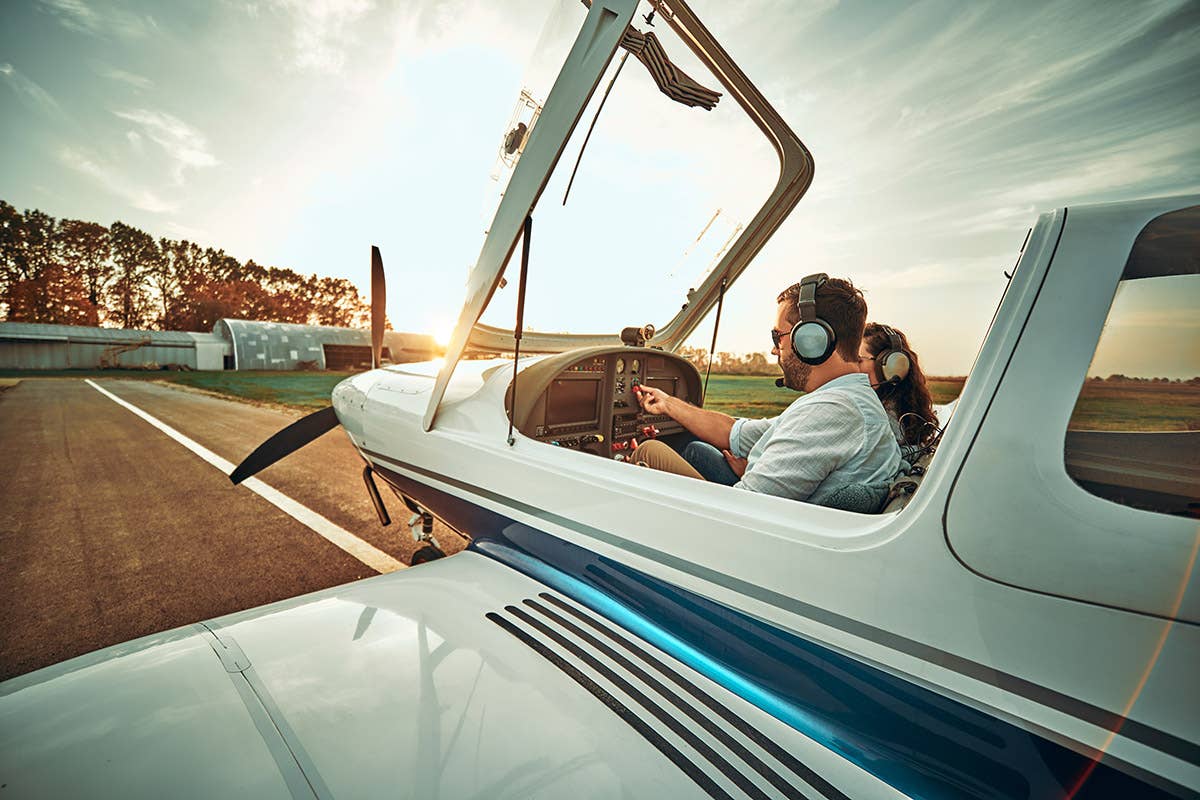
Subscribe to Our Newsletter
Get the latest FLYING stories delivered directly to your inbox

